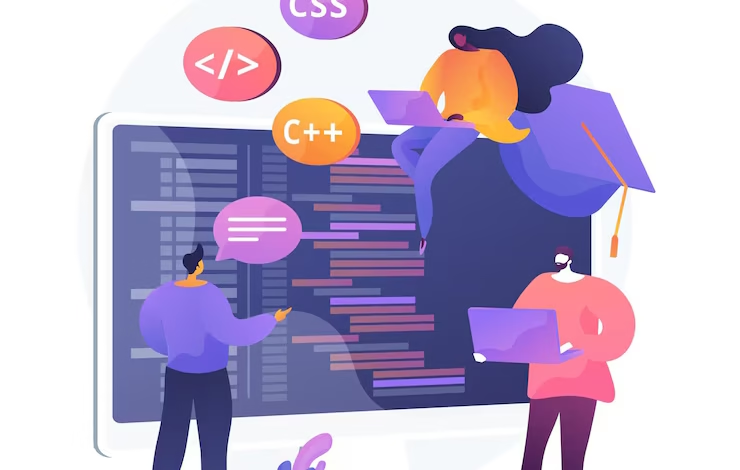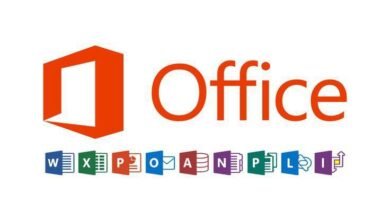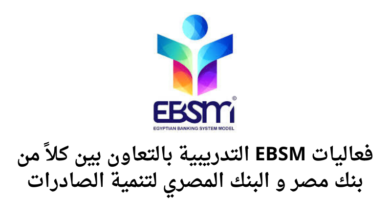Learn FIVE (5) Computer Programming Languages in ONE COURSE: Your Complete Guide to Mastering Programming from Scratch to Professional Level

In today’s fast-paced tech world, learning programming is no longer a luxury—it’s a necessity. But is it practical to learn five programming languages in one course? The answer is yes. Specialized courses are now designed to provide a strong foundation in the most in-demand languages without overwhelming learners. Such a course is the perfect choice for those who want to enter the world of programming confidently and gain multiple skills that open broad career opportunities.
The Importance of Learning Multiple Programming Languages
Learning more than one programming language is not a waste of time—it’s a true investment in your technical future. Each language has its own nature and field of use. By mastering several languages, you will acquire the tools to build various applications, analyze data, develop websites, and even design artificial intelligence systems.
Key Benefits:
- Increased job opportunities in tech companies and enhanced CVs.
- Ability to adapt to different types of programming projects.
- Broader logical and algorithmic thinking.
- Better understanding of programming structures and diverse coding paradigms.
Overview of the Course: What Will You Get?
The course focuses on teaching five essential programming languages:
- Python
- JavaScript
- Java
- C++
- HTML/CSS
These languages cover most of the high-demand areas in the tech industry, from web development and data analysis to software engineering and object-oriented programming.
1. Learning Python
Why Python?
Python is one of the easiest and most powerful programming languages. It’s ideal for beginners and is widely used in artificial intelligence, data analysis, and app development.
What You Will Learn:
- Python syntax and basic structure.
- Data types and variables.
- Loops and conditionals.
- Functions and objects.
- Real projects such as calculators and task management apps.
2. Learning JavaScript
Why JavaScript Matters
JavaScript is the backbone of interactive web development. Without it, websites remain static and lifeless.
Course Topics:
- DOM manipulation.
- Handling events.
- Creating interactive forms.
- Building simple apps using Vanilla JavaScript.
- Intro to libraries like React.js (advanced level).
3. Learning Java
Why Java?
Java is widely used for building enterprise-level applications, Android apps, banking systems, and more. It remains one of the most in-demand languages globally.
Skills You Will Gain:
- Java syntax and structure.
- Object-Oriented Programming (OOP).
- File handling and input/output.
- User interfaces with JavaFX.
- Simple desktop app projects like library management systems.
4. Learning C++
C++ in Programming
C++ is a powerful language used for system-level programming, game development, and performance-intensive software. It provides deep insight into programming fundamentals.
Topics Covered:
- Variables and data types.
- Pointers and references.
- Memory management.
- OOP in C++.
- Mini-projects like Tic Tac Toe.
5. Learning HTML and CSS
Web Development Essentials
HTML and CSS are not programming languages in the traditional sense but are essential for anyone interested in web development. HTML structures the page, while CSS styles and designs it.
Topics You’ll Learn:
- Structuring web pages with HTML.
- Styling elements using CSS.
- Responsive design techniques.
- Interactive effects using CSS animations.
- Final project: Building a complete web page.
How Is the Course Structured?
The course is divided into beginner-friendly modules, progressing from theory to practice. Each section includes:
- Clear, simplified video tutorials.
- Practice files and real-life examples.
- Short quizzes to assess understanding.
- Practical projects at the end of each module.
Advantages of This Course Over Traditional Programs
- Comprehensive content: One course covers five major programming languages.
- Time and cost-efficient: No need to enroll in separate courses.
- Practical focus: Project-based learning approach.
- Flexible schedule: Learn anytime, anywhere.
- Community support: Join peer groups and forums for discussion.
Who Is This Course For?
This course is ideal for:
- University students looking to build a tech career.
- Beginners with no prior background in programming.
- Professionals in other fields seeking a career change.
- Entrepreneurs who want to understand coding to build their own apps.
Next Steps After Completing the Course
By the end of the course, you’ll have a solid foundation to advance into:
- Learning frameworks like Django, React, or Spring.
- Building professional-level mobile and web applications.
- Exploring data analysis and AI development.
- Applying for programming jobs or starting freelancing.
Tips to Maximize Course Benefits
- Set aside regular time each day for study and coding.
- Don’t just watch—practice everything.
- Join online programming communities and forums.
- Work on personal projects to apply what you’ve learned.
- Keep organized notes and well-structured code files.
Conclusion
Learning five programming languages in a single course is not only possible—it’s a smart and efficient strategy for anyone aiming to enter the tech industry with confidence. This course equips you with the knowledge, skills, and hands-on experience to build real-world solutions and pursue a successful career in software development. Get ready to step into a world full of innovation and challenges, and discover your true potential as a programmer.





